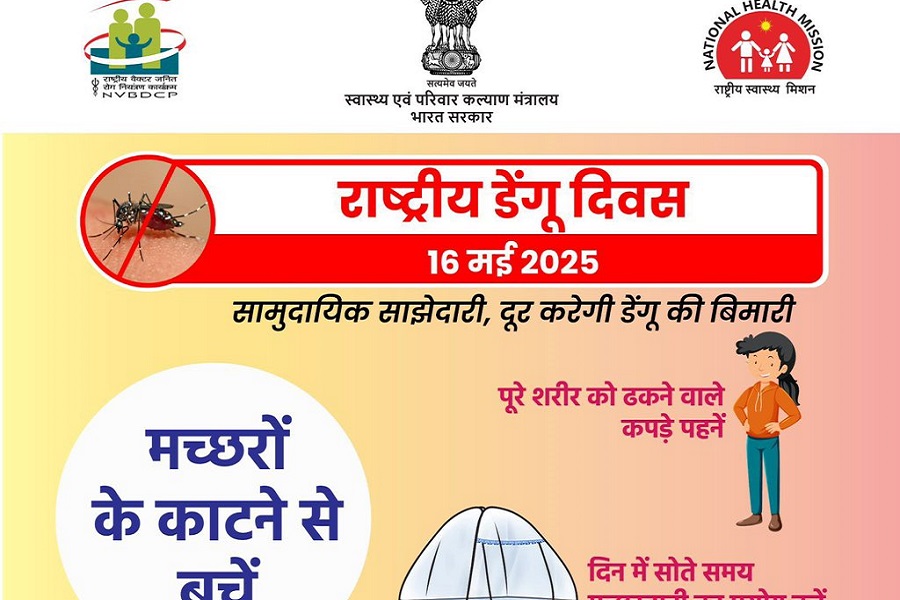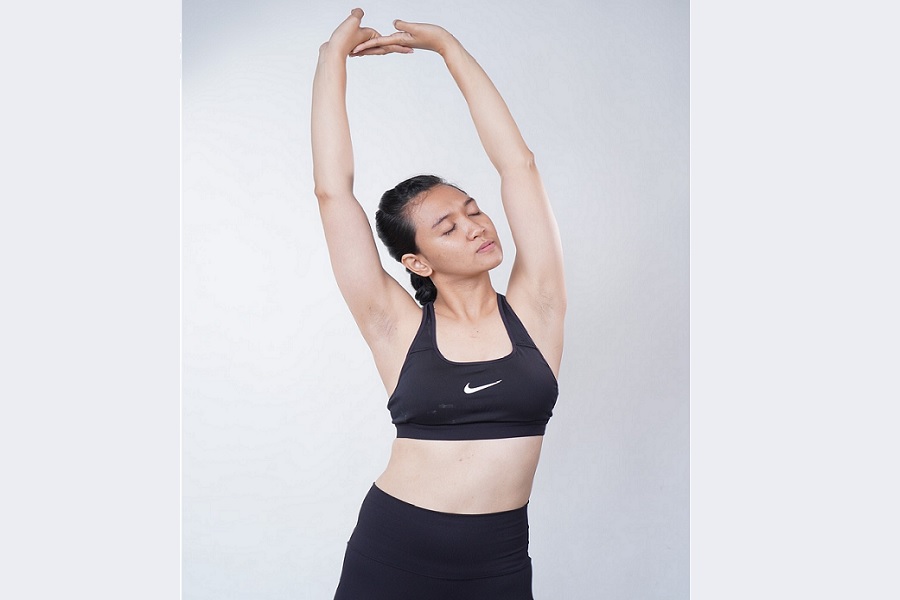The Revival of Traditional Indian Attire in Contemporary Fashion

India's rich cultural tapestry is woven into the very fabric of its fashion industry. Traditional Indian attire, known for its vibrant colors, intricate craftsmanship, and deep-rooted symbolism, has witnessed a remarkable resurgence in contemporary fashion. This revival signifies not only a celebration of heritage but also a dynamic fusion of the old and new, bringing Indian fashion to the global stage.
The Rich Legacy of Indian Textiles
India has always been synonymous with exquisite textiles like silk, cotton, and wool, each steeped in regional history. From the shimmering Banarasi sarees of Varanasi to the earthy Chikankari of Lucknow, these age-old crafts reflect a profound connection to culture. The resurgence of traditional fabrics and techniques such as Kalamkari, Bandhani, and Kanjeevaram has brought artisans into the limelight, ensuring the preservation of their invaluable skills.
Modern Adaptations of Traditional Styles
Today’s designers are reimagining traditional Indian attire for modern lifestyles. Sarees are being draped in unconventional ways, lehengas are paired with crop tops, and kurtas are styled with jeans or skirts to create hybrid looks that appeal to younger generations. Celebrities and influencers often play a pivotal role in popularizing these styles, making them aspirational yet accessible.
Bridging the Gap: Fusion Wear
Fusion wear seamlessly blends ethnic and contemporary elements. Think of an Anarkali gown with a Western silhouette or dhoti pants styled with a blazer. These ensembles cater to the global citizen who values tradition yet craves innovation. The popularity of Indo-Western outfits has also skyrocketed during festive seasons and weddings, with designers like Sabyasachi and Manish Malhotra leading the way.
Sustainability in Traditional Fashion
The revival is not just about aesthetics but also sustainability. Many traditional Indian crafts are rooted in eco-friendly practices. Handwoven fabrics like Khadi and organic dyes align with modern sustainable fashion movements. By choosing traditional wear, consumers contribute to reducing their carbon footprint while supporting local artisans.
Global Recognition
The global fashion industry has taken note of India's traditional attire. Designers worldwide are incorporating Indian motifs, embroidery, and fabrics into their collections. International runways have showcased sarees, turbans, and juttis, cementing India’s influence on global fashion trends.
The Cultural Pride Movement
The revival also reflects a broader cultural pride movement. Indian millennials and Gen Z are rediscovering their roots, often wearing traditional attire during festivals, weddings, and cultural events. Social media amplifies this trend, with hashtags like #DesiVibes and #IndianEthnicWear garnering millions of views.
Conclusion
The resurgence of traditional Indian attire in contemporary fashion is more than a trend; it’s a movement. It bridges generations, connects the past with the present, and celebrates the artistry of India's diverse regions. By embracing this blend of heritage and modernity, the world not only preserves India’s rich cultural legacy but also sets the stage for its future in global fashion.
























